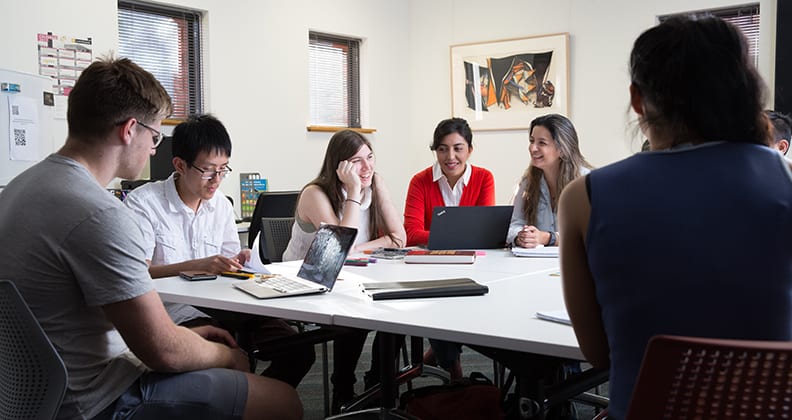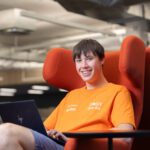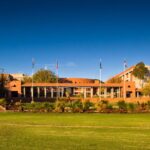A Curtin program is helping to prepare tertiary students on the autism spectrum for post-university life by linking them with work experience opportunities.
The initiative forms part of the Curtin Specialist Mentoring Program (CSMP), and has seen CSMP mentees gain work experience opportunities and internships through the Australian Computer Society, Autism Academy of Software Quality Assurance, Bankwest, Cannings Purple, Catholic Education Western Australia, City of Melville, Deloitte Australia, MSP Engineering, Planit Testing and Curtin itself.
Led by coordinators Dr Jasmine McDonald and PhD candidate and psychologist Theresa Kidd, Curtin physics graduate Jacinta Reynolds says the initiative was key to gaining her position as a science communicator at interactive Western Australian science museum Scitech.
“Jasmine and Theresa figured out I was really good at communicating, more than the average person on the autism spectrum, so when I told them that I wanted to be a science communicator, they took me to Scitech and set me up with Scitech’s volunteer program,” Reynolds explains.
“Eighteen months after I started, Scitech invited volunteers to apply for paid positions. To get the job, you had to give a five-minute verbal presentation on a topic of your choice as if you were speaking to five to seven-year-olds. So I talked about how fridge magnets stick on fridges. Afterwards, the panelists couldn’t get the smiles off their faces, so I knew I’d done well.
“Within six hours of doing the interview, I got a telephone call saying, ‘It’s a unanimous decision: you’re hired’.”
Dr McDonald says the decision to facilitate work experience opportunities for students on the program lets them prove just how capable they are to potential employers.
“Our students find it difficult performing well in interviews, so if an interview is used as a way to assess their ability to do a job, it’s always going to be difficult for them to find employment,” she says.
“We’re trying to do the opposite; we’re trying to set up work experience opportunities so they can show employers what they can do.”
Dr McDonald is immensely proud of how far the CSMP has come since it was launched in 2014 as one of the first specialist mentoring programs developed by an Australian university to support people with autism.
Since then, the program has increased from 17 undergraduate mentees and nine postgraduate mentors to 56 mentees and 46 mentors across numerous disciplines, and received philanthropic donations from organisations including Autism West Support Inc. and Norton Gold Fields Ltd.
McDonald and Kidd even developed a national mentoring module based on their program for the Cooperative Research Centre for Living with Autism to help other universities create their own programs to support students on the autism spectrum.
“I think the program aligns with Curtin’s underlying philosophy of ‘diversity’. With all that’s happening here, you welcome that diversity – that difference – and through that difference is strength,” she says.
“Parents are bringing their children who have high marks here instead of to other universities because they’re on the spectrum and they know they need support in social situations.”
Reynolds, who is a CSMP Ambassador and CSMP Social Club Committee Member, is even investigating how it can expand beyond Curtin to support other young Western Australians on the autism spectrum.
According to a 2011 study by researchers from Virginia Polytechnic Institute and State University, it is estimated that between 0.7 and 1.9 per cent of tertiary students meet the criteria for high-functioning autism spectrum disorder. This suggests that there could potentially be thousands of students on the autism spectrum across Western Australia who could benefit from such support.
“Now that we’ve got a structure that works, it’s time to take our little safety circle and make it bigger. We need to encompass more than just Curtin students: we need to catch students at other universities, TAFE students and even high school students,” Reynolds says.
“If this program flourishes, which I know it can, it would also be worth going further back to those ages where children are being diagnosed and talking to the practitioners to see what support can be provided.”



